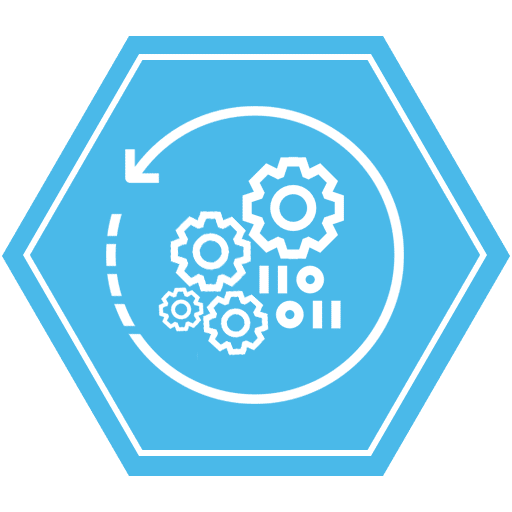
What is an automated financial system?
Automated financial systems (ERP vs CPM) refer to the use of software to automate top finance-related tasks such as data consolidation and financial statement preparation. Financial systems have the potential to greatly overhaul how finance departments are run by freeing up time so that finance professionals may focus on strategizing, analyzing, and making key strategic decisions.
Why should you automate financial processes?
There are a few reasons why financial automation should be a top priority for the finance department.
- Data integrity
Financial document automation or financial statement automation reduces the risks of unnecessary errors in calculations. With automated processes, you can be more confident in your numbers.
- Greater visibility
When you adopt financial process automation, you’re more likely to get a complete picture of your financials. Modern software offers visibility into the numbers that were previously unattainable.
- Accelerated efficiency
Automated financial systems means replacing manual processes with automated ones, which results in smoother processes. Instead of being slowed down by manual, error-prone processes, financial process automation accelerates procedures and saves you time.
Investigate which activities can be automated
The finance function is responsible for a wide range of responsibilities, from consolidating data to making complicated decisions. According to McKinsey, existing technologies can fully automate 42% of finance activities.
When it comes to FP&A, activities such as building standard management reports and consolidating and validating budget and forecast inputs have much to gain from automation. Budgeting, forecasting, and management reporting are all key responsibilities that can benefit from automation. FP&A typically dedicates a lot of time on aggregating and formatting data instead of strategic planning.
How can you automate your financial processes?
To automate financial processes, first identify the processes that can benefit from automation. Which processes are you currently conducting that it would be great if you didn’t have to perform? Which routines can you do without? Once you’ve identified the repetitive tasks you’d like to automate, look into the automation platforms that can replace time-intensive and how-value tasks. Datarails is one such automation process that can save you plentiful time and reduce unnecessary manual work.
According to Accenture, automation is going to eliminate up to 40% of the transactional accounting work that finance professionals currently conduct. So, to align yourself with this statistic, look into adopting RPA and automation software to take better control of your processes.
Automation is not a threat
There’s a misconception that bringing in automation will eliminate jobs and replace existing workers. However, this is far from the truth. Ultimately what automated financial services achieve are improved and accelerated processes. They allow finance professionals to focus on value-added work, as opposed to spending their time on repetitive manual work.
The use of automated financial services will be a big priority for the C-suite in the coming years. Automated financial processes allow for the gathering and consolidation of information quicker and better than a human could accomplish, even when talking about consolidated data in excel, enabling decision-makers to focus on what really matters. Datarails can help, without asking finance professionals to change the way they currently work.
Automated financial statements in Excel
Thanks to Datarails, automating an Excel based financial statement is possible. Users can keep working in Excel while simultaneously benefitting from financial automation that significantly improves work processes. With Datarails, users can collect, report, and analyze financial and operational data, no matter where it’s stored. Automate data transformations including consolidations, FX conversions, hierarchies, financial adjustments, and more.
Financial statement automation is the future of the finance department, and it’s more achievable now than ever. Let Datarails help you move towards the future.
About Datarails
Datarails is developing an FP&A software for the corporate finance function. The solution allows for the connection and centralization of all organizational financial data from various systems (ERP, GL, CRM) alongside Excel spreadsheets and operational data. It also allows for the creation of automated reports (P&L, cash-flow, budgets, etc.), as well as a thorough analysis of consolidated data for the creation of business and financial insights.